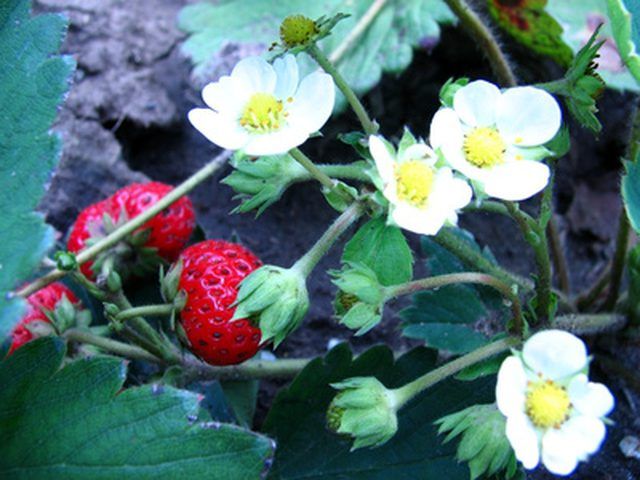Bulbs
Flower Basics
Flower Beds & Specialty Gardens
Flower Garden
Garden Furniture
Garden Gnomes
Garden Seeds
Garden Sheds
Garden Statues
Garden Tools & Supplies
Gardening Basics
Green & Organic
Groundcovers & Vines
Growing Annuals
Growing Basil
Growing Beans
Growing Berries
Growing Blueberries
Growing Cactus
Growing Corn
Growing Cotton
Growing Edibles
Growing Flowers
Growing Garlic
Growing Grapes
Growing Grass
Growing Herbs
Growing Jasmine
Growing Mint
Growing Mushrooms
Orchids
Growing Peanuts
Growing Perennials
Growing Plants
Growing Rosemary
Growing Roses
Growing Strawberries
Growing Sunflowers
Growing Thyme
Growing Tomatoes
Growing Tulips
Growing Vegetables
Herb Basics
Herb Garden
Indoor Growing
Landscaping Basics
Landscaping Patios
Landscaping Plants
Landscaping Shrubs
Landscaping Trees
Landscaping Walks & Pathways
Lawn Basics
Lawn Maintenance
Lawn Mowers
Lawn Ornaments
Lawn Planting
Lawn Tools
Outdoor Growing
Overall Landscape Planning
Pests, Weeds & Problems
Plant Basics
Rock Garden
Rose Garden
Shrubs
Soil
Specialty Gardens
Trees
Vegetable Garden
Yard Maintenance
How to Grow Strawberries in Alabama
How to Grow Strawberries in Alabama. Strawberries are one of the easiest plants to grow, and will reward your efforts with delicious fruit in the late spring or early summer. The fruit can be eaten right after picking, frozen or made into jams. This low-growing plant can be grown in zones 2 to 11 and can be planted in containers or grown in the...

Strawberries are one of the easiest plants to grow, and will reward your efforts with delicious fruit in the late spring or early summer. The fruit can be eaten right after picking, frozen or made into jams. This low-growing plant can be grown in zones 2 to 11 and can be planted in containers or grown in the ground. In Alabama's humid summers, early varieties of strawberries do better, as they are susceptible to mold and mildew.
Things You'll Need
Compost
10-10-10 fertilizer
Shovel
Slug and snail bait
Mulch
Select strawberry plants from a reputable source. Cardinal and Earliglow are two varieties of strawberries that thrive in Alabama's humid climate.
Choose a planting location in your garden that receives at least six hours of sun every day. In Alabama, strawberries are planted in September or October for harvesting the following year.
Loosen the garden soil with a shovel to a depth of 12 inches and amend with compost to improve drainage. Strawberries need well-drained soil. Sprinkle a 10-10-10 fertilizer over the ground and work in well. Rake smooth.
Dig a hole deep enough for the strawberry roots. The crown of the strawberry plant should be above the soil line. Plant your strawberries in rows 12 to 18 inches apart, as they will develop runners that will produce new plants.
Water thoroughly to collapse any air pockets in the soil, then spread an organic mulch, such as straw or pine bark, around the plants so the berries do not touch the soil. Fertilize in late summer with a 10-10-10 fertilizer and water well to ensure the nutrients reach the strawberry roots.
Cover your strawberries in the fall with mulch before the first expected frost to protect the plants from the damaging cold.
Check often for slugs and snails, which will feed on newly ripe fruit. Hand pick or use a snail and slug bait.
Tips & Warnings
Strawberries are generally only productive for two to three years before they require replanting.